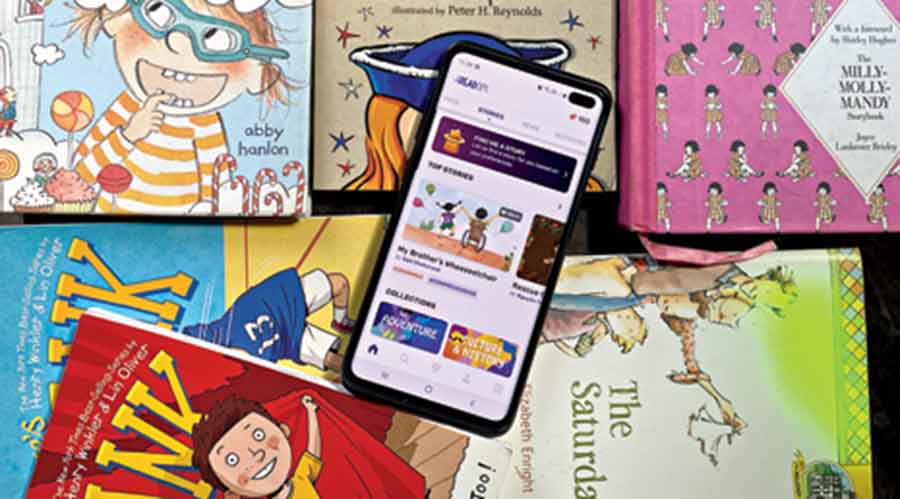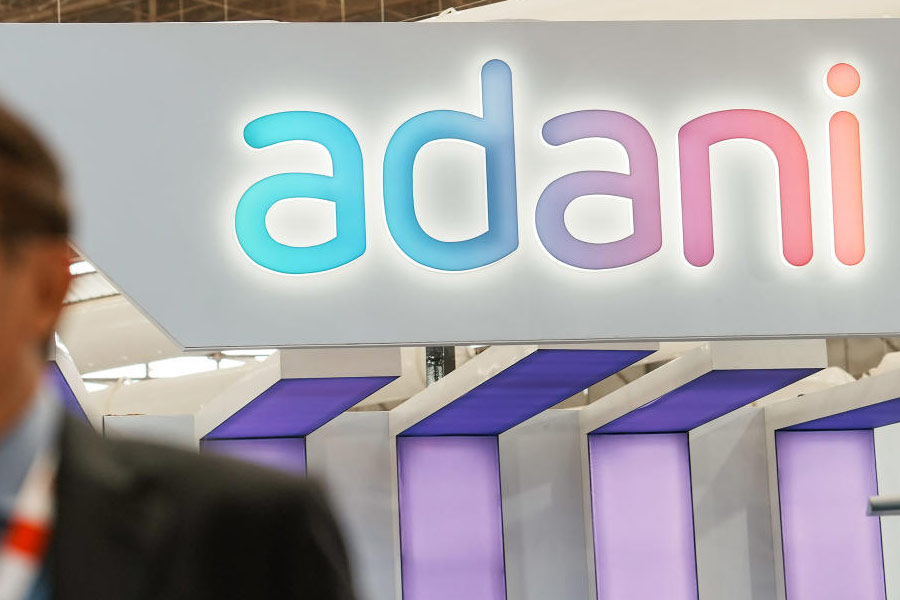I wasn’t a reader in my early years in Siliguri. In lower primary, I was a ‘backbencher’, and at the bottom of my class. Even though I was also a very unhealthy child, my interest was in sports and games. At school, and at home, I was either playing something or watching sports. I found books useful only for book cricket. My maternal grandparents, who stayed in Jhunjhunu, Rajasthan, were very keen for me to stay with them. They had been parents to girls, and were eager to parent a boy. So, once my health improved, I moved to Jhunjhunu. My grandfather was a great storyteller and a voracious reader. Watching him, I picked up reading as a habit — both storybooks and textbooks,” says Kavish Gadia, co-founder and CEO, Stones2Milestones, which is behind the learning platform fREADom.
Gadia wants his app fREADom to focus on the “skill and will to read (in English) during the years of three to 12” and he is enjoying a considerable success. Here’s more from the man.
The first thought that comes to mind after using fREADom is “reading as a business”. Most parents would say their children can read, but what exactly is lacking?
Our aspiration for our kids is that in addition to reading the usual railway reservation notice boards, medicine labels, cake recipes, and emails, they should further be able to independently absorb information and insights from the textual world around them. Bill Gates, for example, is said to read five books a day.
Yet, when schools talk about reading, they talk only about basic reading skills — word meanings and grammatical syntax, like parts of speech, tenses, and so on. Parents may feel happy that their children have acquired these basic reading skills and can decode written language. But this is not enough. In our experience we have found large groups of children who can read but cannot retrieve useful information from a single paragraph of text. They face what we call a comprehension crisis.
Good readers go beyond basic skills and are routinely able to consume and derive meaning from a heavy amount of textual material. These children leave their basic-reading-skill peers behind in school, university and in jobs. This is not hard to imagine — proficiency in reading comprehension is directly proportional to performance in all subjects including math, science and coding — where exam scores are gatekeepers to opportunities.
At fREADom we focus on the ‘skill and will’ to read (in English) during the years of three to 12. We help children claim freedom to learn on their own, to chart their own destiny.
So attending English-medium schools doesn’t always mean a child would be proficient in reading….
Overall, we know from the Annual State of Education Report (ASER) 2018, only 44.2 per cent of grade five children in government schools could read grade-two text fluently. The same number for private schools was 65.1 per cent. The situation is better in English-medium private schools, especially those catering to upper-income households. Yet, a study conducted in 2016 showed that only three out of 10, read two non-syllabus books a month. The rest either didn’t or couldn’t — both of which would keep them behind their reading peers.
English is a second language. Second language learning pathways are different in the brain compared to first language learning pathways. Further, English is a second language for the teacher too. So while we wish for first language-level proficiency in English (in speaking, reading, writing), we have to settle for something much less. Most often, what we settle for is the basic minimum offered by the school textbook or a subset of it that the teacher calls “portions” and nothing more.

Kavish Gadia, co-founder and CEO, Stones2Milestones, which is behind the learning platform fREADom
There are a number of stories to read on the app, categorised by age. How are the stories commissioned and who checks the standard of the stories being put out?
The content on the app — stories plus activities — is a mix of curated and commissioned content. Most of the curated content is sourced in partnership with reputed Indian and international publishing houses, like HarperCollins, Pratham Books, Ms Moochie and so on. Some of the content is sourced from independent creators.
A child can read up to 500 books in a year. So the fREADom content team looks at the app’s content as a really large canvas. They source multiple content pieces for each ‘age category’ and tag each piece for better discoverability.
Parents would like to see reading material from known authors, which the app lacks.
In our decade-long experience in working with schools, when we ask children to “name five famous authors” they mostly mention Enid Blyton, J.K. Rowling and Sudha Murthy. Some remember Chetan Bhagat (sic). The point is that while parents look at how famous the author is, kids only care about how engaging the content is.
What we care for, as content curators, is balance. We have offered Sudha Murthy’s stories. And we have a pipeline of famous books coming up. In November, for example, we’re adding the World of Ramu and Ramya books, which are on Amazon India’s recommended bookshelf for children and are Best of Indian Children’s Writing award winners.
In the fREADom app, since there are 1,800-plus content pieces, the stories that get consumed the most by children tend to be more visible. And since children don’t really pick books by author names, often the most popular ones are simply the ones which the kids love the most.
Moreover, we use a sophisticated AI based recommendation engine, developed in partnership with Stanford University, to surface the right content to the child appropriate for his/her reading level










